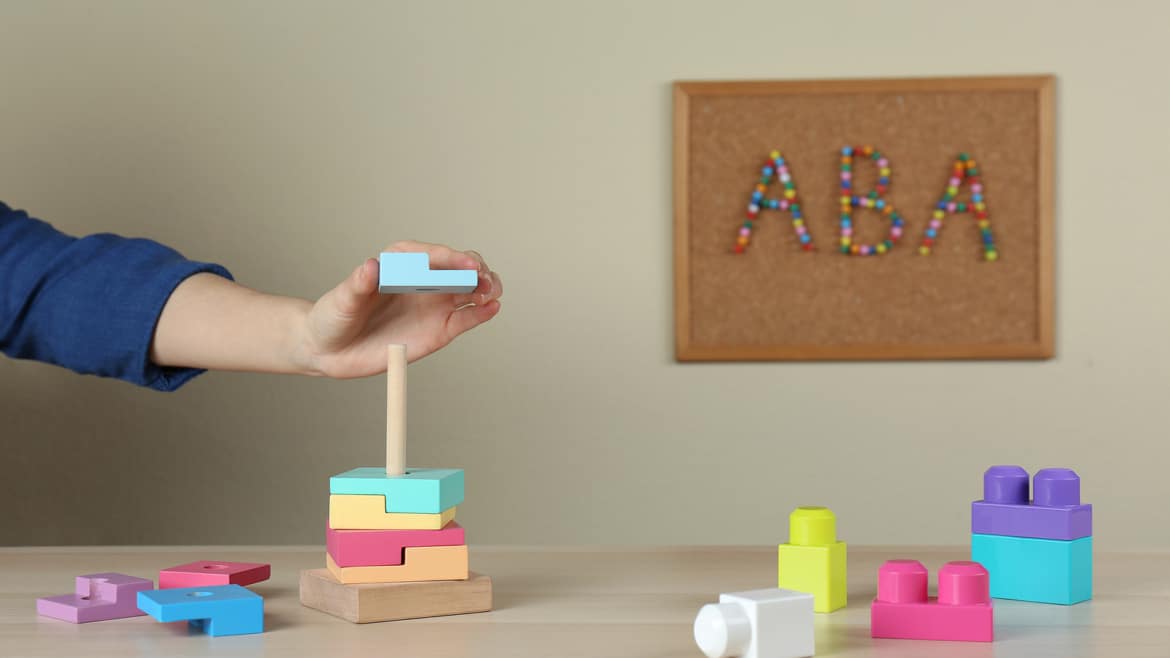With the advances in technology and our understanding of autism, ABA therapy can now be delivered in the home environment. This is good news for families who want to provide their children with the best possible care but may not have the resources to access specialized clinic-based services.
Several strategies and activities can be used to deliver ABA therapy at home, and this article will explore some of the most popular & effective ones.
Strategies and activities for ABA therapy at home
Use visual supports:
Visual supports can be incredibly helpful in delivering ABA therapy at home. They can help your child to understand and follow instructions and make it easier for you to provide consistent reinforcement. There are several different types of visual supports that you can use; for example, One can use picture schedules to break down activities into simple steps; Gestures can be used to support communication; Visual timers can help your child to understand and manage the passage of time; Social stories can be used to teach about specific situations or expectations.
Reinforcement:
In ABA therapy, reinforcement is used to encourage desired behaviors and discourage undesired ones. The therapist can use different reinforcement strategies can be used at home; for example, with positive reinforcement, the child will be given a reinforcer (something pleasant such as a hug or smile) after displaying the desired behavior. With negative reinforcement, the child will be relieved from an unpleasant situation (such as taking a break or recess) after displaying the undesired behavior.
Use technology:
There are several different ways that technology can be used to support ABA therapy at home. For example, Augmented and Alternative Communication (AAC) apps can help your child communicate; Behavior tracking apps can be used to track progress and identify patterns; Social skills training apps can be used to teach your child about appropriate social behaviors.
Structured routine:
ABA therapy often relies on a structured routine to be effective. This means that activities are planned and carried out consistently. A routine can help track progress and identify areas needing more work. It also helps to provide a sense of predictability and stability for your child, which can be beneficial for managing anxiety and improving compliance.
Tailoring activities to your child’s interests:
It is essential to tailor activities to your child’s interests to maintain their motivation and engagement. This can be done by incorporating their favorite activities into the therapy program or using activities specifically designed to target their areas of need. For example, if your child is working on improving social skills, you could play a game that involves taking turns and following rules. If your child is working on improving academic skills, you could use flashcards or work on simple puzzles.
These are just a few strategies and activities that can be used to deliver ABA therapy at home. With careful planning and implementation, these techniques can be highly effective in helping your child progress. Ask a professional therapist for guidance if you have any questions or concerns.




